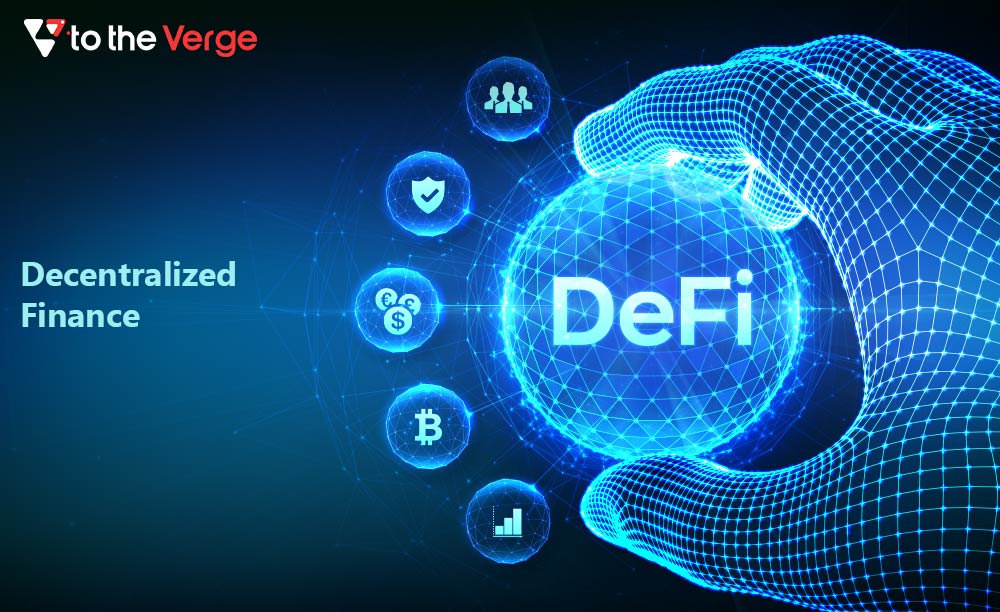
DeFi (Decentralized Finance) – Continued Evolution with Advanced Liquidity Models and Increased Institutional Adoption
Decentralized finance (DeFi) has emerged as a transformative force in the financial landscape, offering a decentralized alternative to traditional financial institutions. As DeFi continues to evolve, advanced liquidity models and increased institutional adoption are shaping its future.
Advanced Liquidity Models
One of the key challenges facing DeFi has been the fragmentation of liquidity across multiple decentralized exchanges (DEXs). This fragmentation can lead to price inefficiencies and liquidity shortages. To address this, innovative liquidity models have been developed.
- Automated Market Makers (AMMs): AMMs, such as Uniswap and Curve, use mathematical algorithms to set asset prices and provide liquidity. They operate 24/7, ensuring constant liquidity for traders.
- Central Limit Order Books (CLOBs): CLOBs are similar to traditional order books, where buy and sell orders are matched to determine prices. They provide deeper liquidity and lower slippage for larger trades.
- Hybrid Liquidity Models: Hybrid models combine elements of AMMs and CLOBs to offer the benefits of both. They provide continuous liquidity for small trades while enabling efficient price discovery for larger trades.
Increased Institutional Adoption
As DeFi gains maturity, institutional investors are increasingly recognizing its potential. The transparency, automation, and cost savings offered by DeFi are attracting institutional players such as hedge funds, asset managers, and banks.
- Custody and Security: Institutions require robust custody solutions to securely store their digital assets. DeFi protocols such as Aave and Compound are partnering with regulated custodians to provide secure asset management.
- Regulatory Compliance: DeFi protocols are working to develop compliance frameworks to meet the requirements of institutional investors. This includes Know Your Customer (KYC) procedures and anti-money laundering (AML) checks.
- Institutional-Grade Trading Platforms: Specialized trading platforms are emerging to cater to the needs of institutional traders. These platforms offer advanced order types, real-time market data, and risk management tools.
Implications of Continued Evolution
The continued evolution of DeFi with advanced liquidity models and increased institutional adoption has significant implications for the future of finance:
- Increased Liquidity and Efficiency: Advanced liquidity models will improve market efficiency and reduce price inefficiencies. This will make DeFi more attractive for traders and investors.
- Institutional Adoption: The influx of institutional capital into DeFi will provide a boost to the ecosystem. It will also lead to the development of more sophisticated products and services.
- Maturation of the DeFi Market: As DeFi evolves, it will become more established and comparable to traditional finance. This will attract a broader range of users and drive further growth.
Conclusion
DeFi is at a pivotal stage in its evolution. Advanced liquidity models and increased institutional adoption are shaping its future and driving it towards becoming a more mature and robust financial ecosystem. As DeFi continues to innovate and gain acceptance, it has the potential to revolutionize the way we think about and interact with finance.


